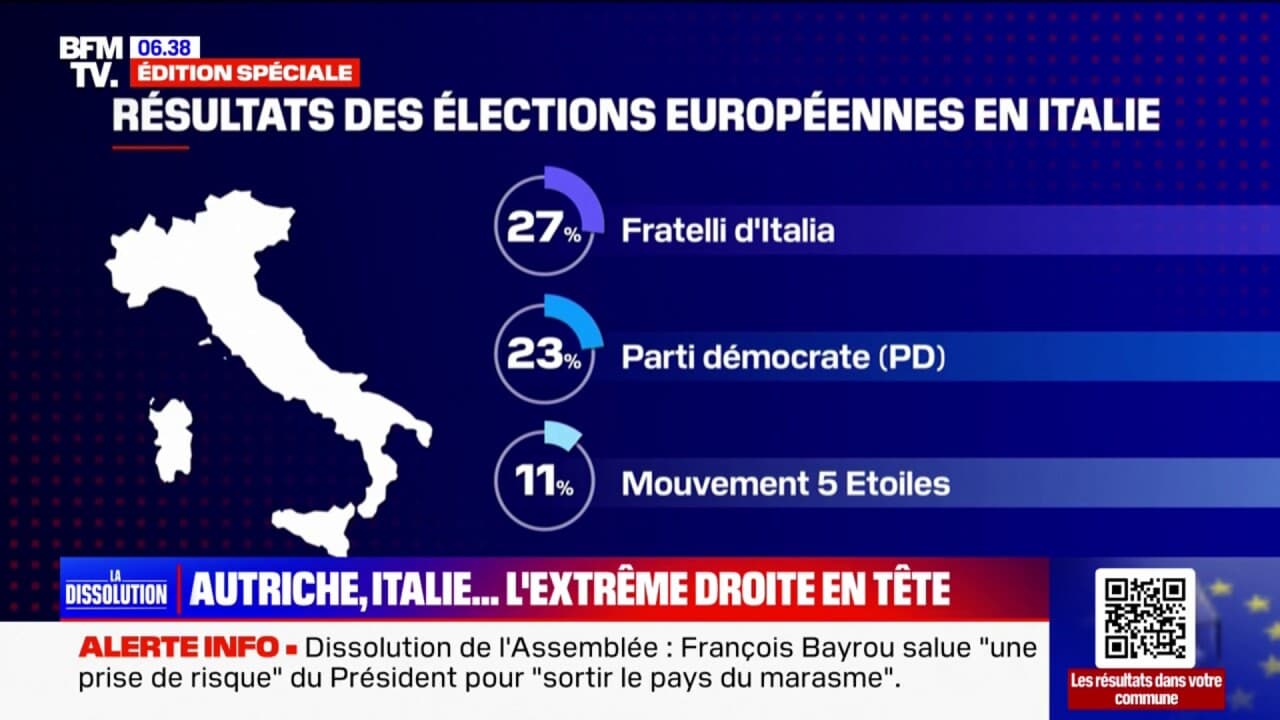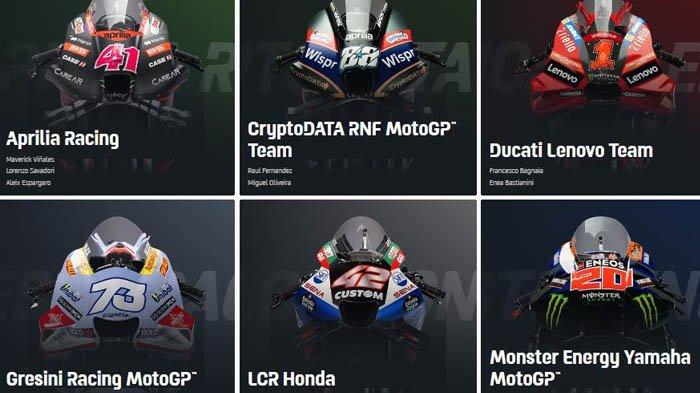Exploring The Hells Angels: Culture, Values, And Controversies

Table of Contents
The Hells Angels' Subculture and Lifestyle
Motorcycle Culture as a Central Identity
The Hells Angels' identity is inextricably linked to the motorcycle. Custom motorcycles are not mere machines; they are symbols of freedom, rebellion, and brotherhood. This dedication to motorcycle culture sets the Hells Angels apart from other motorcycle clubs, even organizations like the Harley Owners Group (HOG), which focus on a more mainstream riding experience.
- Specific Motorcycle Models: The Hells Angels have a strong preference for powerful, customized Harley-Davidson motorcycles, often showcasing significant modifications and personalized paint jobs. These bikes are symbols of status and individual expression within the club.
- Symbolism of the Bikes: More than just transportation, these customized motorcycles represent independence, defiance, and a rejection of societal norms. They are extensions of the riders themselves, reflecting their personalities and their commitment to the Hells Angels lifestyle.
- Motorcycle Rallies and Events: Large-scale motorcycle rallies and events serve as vital social gatherings for Hells Angels members, fostering camaraderie and strengthening the bonds of brotherhood. These gatherings are also significant opportunities for recruitment and showcasing their presence. The sense of community forged at these events is a crucial element of their culture. The motorcycle lifestyle fosters a strong sense of brotherhood and rebellion, reinforcing the group's identity and shared values.
The Hells Angels' "1%er" Status and Rebellion
The infamous "1%er" patch is a central symbol of the Hells Angels' rebellious identity. It signifies their rejection of mainstream society and their embrace of a counterculture lifestyle often associated with outlaw motorcycle clubs. This self-proclaimed status actively cultivates a public image of defiance and disregard for established norms.
- History and Symbolism of the "1%er" Patch: The patch originated as a response to the American Motorcycle Association's statement that 99% of motorcyclists were law-abiding citizens. The Hells Angels adopted the "1%" patch to proudly claim their status as outsiders, embracing the rebellious image.
- Counter-Culture Aspects: The Hells Angels' lifestyle actively challenges mainstream values and societal expectations. This rejection of conformity is a core element of their identity and appeal.
- Notoriety and Appeal: This rebellious image contributes significantly to both their notoriety and their appeal to certain individuals seeking an alternative lifestyle that challenges societal norms.
Allegations of Criminal Activity and Controversies
History of Violence and Illegal Activities
The Hells Angels have a long and well-documented history of involvement in various criminal activities, including violence, drug trafficking, and extortion. Law enforcement agencies worldwide have dedicated significant resources to investigating and prosecuting members for these alleged offenses.
- High-Profile Cases: Numerous high-profile cases involving violence, drug trafficking, and racketeering have implicated Hells Angels members over the years. These incidents contribute significantly to the club's negative public image.
- Legal Battles and Challenges: The club's sophisticated organization and the challenges of infiltration have made prosecuting Hells Angels members a complex and difficult undertaking for law enforcement agencies.
Public Perception and Media Portrayal
The media’s portrayal of the Hells Angels has significantly shaped public perception. Often sensationalized, these portrayals frequently focus on violence and criminal activities, creating a negative stereotype.
- Movies, Documentaries, and News Reports: Popular culture, from movies to documentaries, often presents a romanticized, albeit inaccurate, vision of the Hells Angels' lifestyle, which often overshadows the reality of alleged criminal activities.
- Stereotypes and Reality: The gap between the romanticized image often presented in the media and the realities of the club's activities remains significant.
The Internal Structure and Organization of the Hells Angels
Chapter Structure and Hierarchy
The Hells Angels are structured into chapters, each with a defined hierarchy. This hierarchical structure, characterized by strict rules and a rigid chain of command, ensures control and maintains order within the club.
- Roles of Members: Each chapter has key positions, including President, Vice President, and Sergeant-at-Arms, each with specific responsibilities and authority.
- Prospecting and Membership: Becoming a full-fledged member involves a rigorous process of proving one's loyalty and commitment to the club. This probationary period, known as "prospecting," is a crucial step in the hierarchy.
- Code of Conduct and Loyalty: Loyalty and adherence to a strict code of conduct are paramount within the club; members are expected to maintain absolute allegiance to their brothers and the organization.
Symbols and Iconography
The Hells Angels' use of specific symbols and iconography is a significant part of their identity and image. These symbols contribute to the club's mystique and communicate their message of rebellion and brotherhood.
- Death Head and Winged Skull: The iconic winged skull and death head symbols are particularly noteworthy, often associated with danger, rebellion, and mortality.
- Colors and Insignia: The specific colors and insignia used by the Hells Angels are not only identifiers but also visual representations of their history and values.
- Historical Context and Meaning: The symbolism employed by the Hells Angels is rich in history and meaning, adding another layer of complexity to their image and identity.
Conclusion
The Hells Angels Motorcycle Club represents a complex and fascinating case study of subculture, organized crime, and societal perceptions. Their unique motorcycle culture, their alleged involvement in criminal activities, and their hierarchical structure contribute to their enduring notoriety. The romanticized image often portrayed in the media contrasts sharply with the reality of the controversies and legal challenges that continue to surround the Hells Angels Motorcycle Club. Understanding the Hells Angels requires further exploration. Continue your research into this fascinating and controversial motorcycle club, examining the nuances of their culture and the ongoing debate surrounding their activities. Further investigation into the Hells Angels MC and their global operations offers a deeper understanding of this influential and enigmatic organization.

Featured Posts
-
 Has Elon Musk Abandoned Dogecoin Analyzing Recent Trends
May 26, 2025
Has Elon Musk Abandoned Dogecoin Analyzing Recent Trends
May 26, 2025 -
 Elon Musk Et X Un Outil Pour L Ascension De L Extreme Droite En Europe
May 26, 2025
Elon Musk Et X Un Outil Pour L Ascension De L Extreme Droite En Europe
May 26, 2025 -
 Jadwal Moto Gp Inggris 2025 Saksikan Live Race And Hasil Fp 1 Di Trans7
May 26, 2025
Jadwal Moto Gp Inggris 2025 Saksikan Live Race And Hasil Fp 1 Di Trans7
May 26, 2025 -
 Chinese Tennis Players Quarterfinal Berth At Italian Open
May 26, 2025
Chinese Tennis Players Quarterfinal Berth At Italian Open
May 26, 2025 -
 Ai Generated Podcast Mining Meaning From Mundane Scatological Documents
May 26, 2025
Ai Generated Podcast Mining Meaning From Mundane Scatological Documents
May 26, 2025
